History & Culture
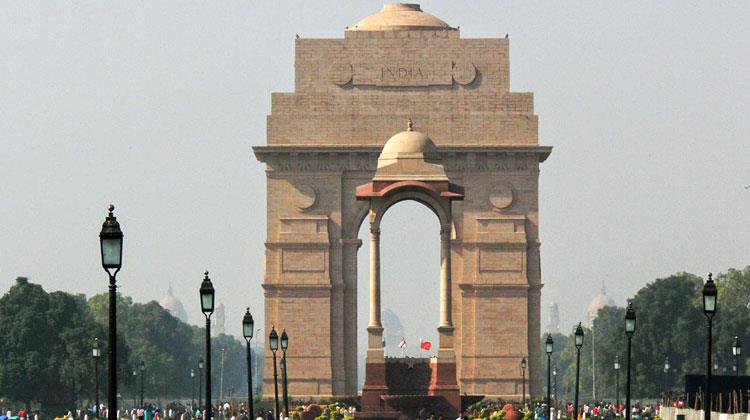
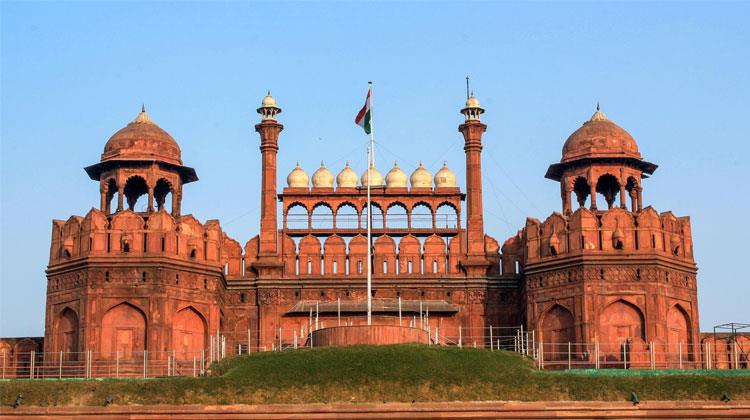
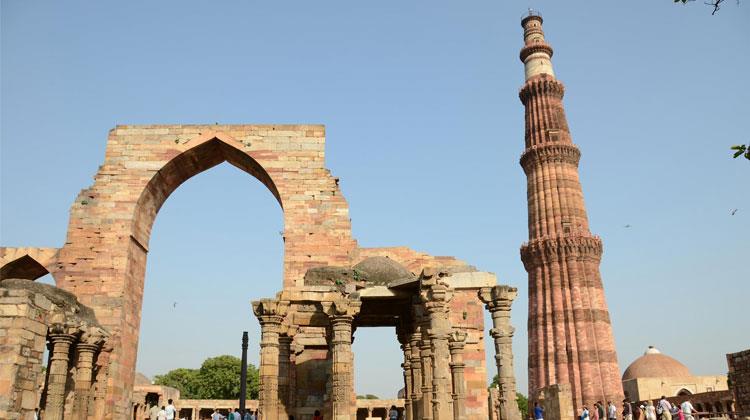
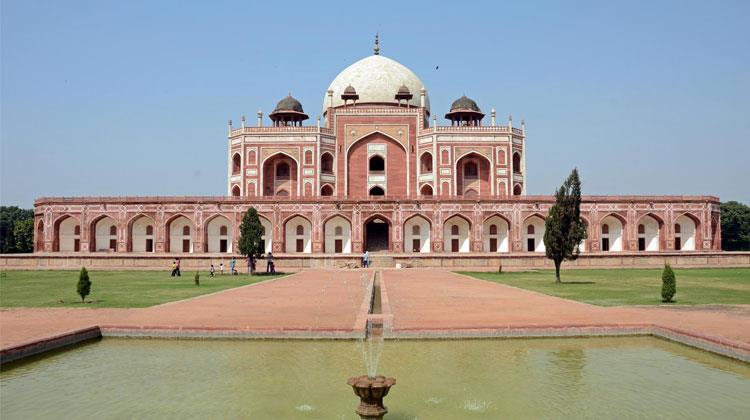
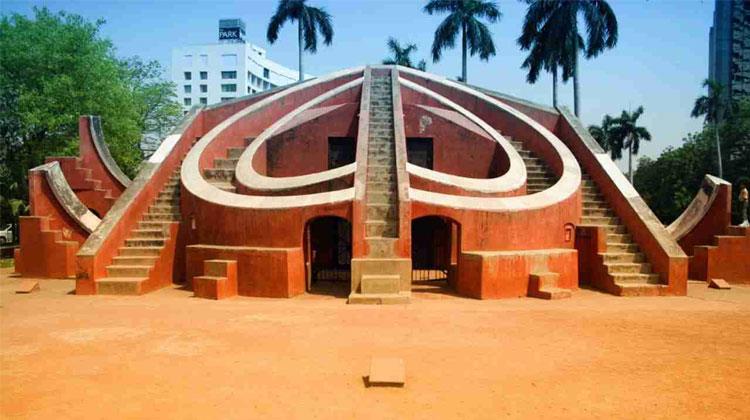
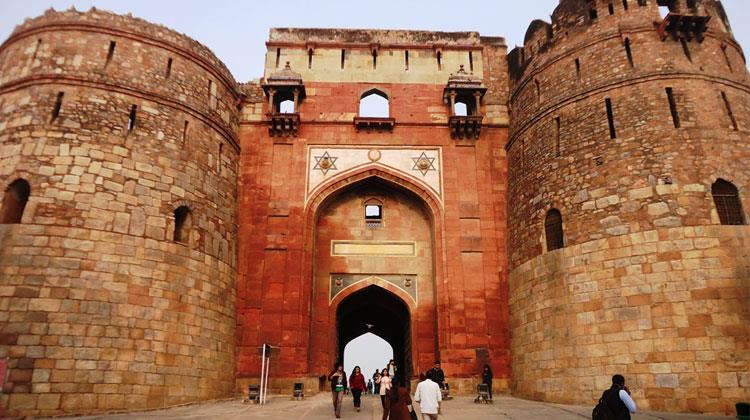
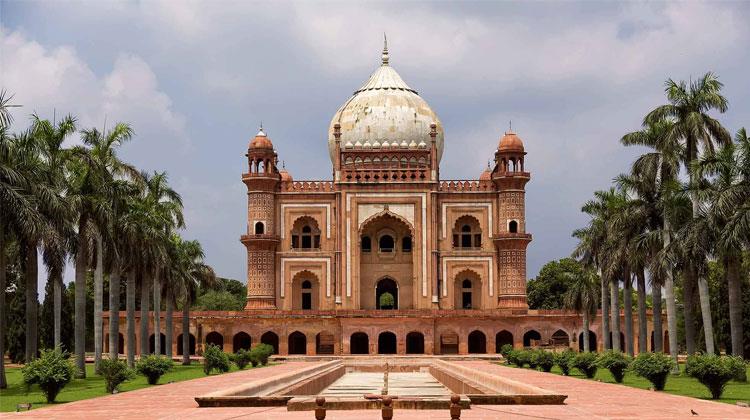
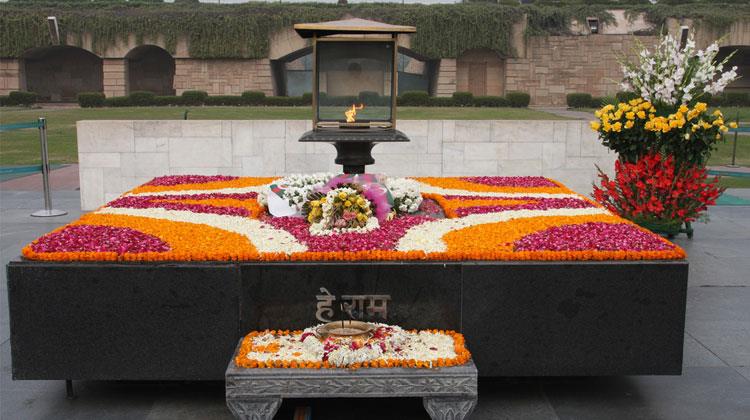
India Gate
At the centre of New Delhi stands the 42 m high India Gate, an "Arc-de-Triomphe" like archway in the middle of a crossroad. Almost similar to its French counterpart, it commemorates the 70,000 Indian soldiers who lost their lives fighting for the British Army during the World War I. The memorial bears the names of more than 13,516 British and Indian soldiers killed in the Northwestern Frontier in the Afghan war of 1919.The foundation stone of India Gate was laid by His Royal Highness, the Duke of Connaught in 1921 and it was designed by Edwin Lutyens. The monument was dedicated to the nation 10 years later by the then Viceroy, Lord Irwin. Another memorial, Amar Jawan Jyoti was added much later, after India got its independence. The eternal flame burns day and night under the arch to remind the nation of soldiers who laid down their lives in the Indo-Pakistan War of December 1971.
The entire arch stands on a low base of red Bharatpur stone and rises in stages to a huge moulding.
Red Fort
Red Fort also called 'Lal Qalʿah', also spelled 'Lal Kila' or 'Lal Qila', Mughal fort in Old Delhi, India. It was built by Shah Jahān in the mid-17th century and remains a major tourist attraction. The fort was designated a UNESCO World Heritage site in 2007.The fort's massive red sandstone walls, which stand 75 feet (23 metres) high, enclose a complex of palaces and entertainment halls, projecting balconies, baths and indoor canals, and geometrical gardens, as well as an ornate mosque.An earlier red fort had been built in Old Delhi in the 11th century by the Tomara king Anangapala. The Quṭb Mosque now stands on the site.
Qutub Minar
Qutab Minar is a soaring, 73 m-high tower of victory, built in 1193 by Qutab-ud-din Aibak immediately after the defeat of Delhi's last Hindu kingdom. The tower has five distinct storeys, each marked by a projecting balcony and tapers from a 15 m diameter at the base to just 2.5 m at the top. The first three storeys are made of red sandstone; the fourth and fifth storeys are of marble and sandstone. At the foot of the tower is the Quwwat-ul-Islam Mosque, the first mosque to be built in India. An inscription over its eastern gate provocatively informs that it was built with material obtained from demolishing '27 Hindu temples'. A 7 m-high iron pillar stands in the courtyard of the mosque. It is said that if you can encircle it with your hands while standing with your back to it your wish will be fulfilled.The origins of Qutab Minar are shrouded in controversy. Some believe it was erected as a tower of victory to signify the beginning of the Muslim rule in India. Others say it served as a minaret to the muezzins to call the faithful to prayer.
Humayun Tomb
Located near the crossing of Mathura road and Lodhi road, this magnificent garden tomb is the first substantial example of Mughal architecture in India.Humayun's Tomb It was built in 1565 A.D. nine years after the death of Humayun, by his senior widow Bega Begam. Inside the walled enclosure the most notable features are the garden squares (chaharbagh) with pathways water channels, centrally located well proportional mausoleum topped by double dome. There are several graves of Mughal rulers located inside the walled enclosure and from here in 1857 A.D; Lieutenant Hudson had captured the last Mughal emperor Bahadur Shah II.
Rashtrapati Bhavan
Rashtrapati Bhavan, home to the President of the world’s largest democracy, is emblematic of Indian democracy and its secular, plural and inclusive traditions. It was designed by Sir Edwin Lutyens and Herbert Baker and stands on a 330 acre estate. It took seventeen years to build this presidential palace which was completed in the year 1929. Almost seven hundred million bricks and three million cubic feet of stone were used in building this architectural marvel that has 2.5 kilometers of corridors and 190 acres of garden area. The main building covers an area of 5 acres and has 340 rooms spread over four floors.The famous Mughal Gardens of the Rashtrapati Bhavan cover an area of 15 acres and have 159 celebrated varieties of roses, 60 varieties of bougainvillea and many other verities of flowers. The Estate also has a state-of-the-art Rashtrapati Bhavan Museum Complex (RBMC) comprising the Clock Tower, the Stables and the Garages showcasing past as well as current presidencies, the regal ceremonies, and the rich flora and fauna of Rashtrapati Bhavan, amongst other things. The RBMC was inaugurated by President Pranab Mukherjee on 25th July, 2016.
For the convenience of the general public, Delhi Tourism has extended the facility of Ho-Ho Buses to the Rashtrapati Bhavan.
Jantar Mantar
Jantar Mantar (Yantra - instruments, mantra - formulae) was constructed in 1724. Maharaja Jai Singh of Jaipur who built this observatory went on to build other observatories in Ujjain , Varanasi and Mathura. Jai Singh had found the existing astronomical instruments too small to take correct measurements and so he built these larger and more accurate instruments.Jantar Mantar The instruments at Jantar Mantar are fascinating for their ingenuity, but accurate observations can no longer be made from here because of the tall buildings around.
Purana Quila
One does not have to go far to see the old fort or Purana Quila standing stoically amidst wild greenery.Built on the site of the most ancient of the numerous cities of Delhi, Indraprastha, Purana Quila is roughly rectangular in shape having a circuit of nearly two kilometers.The thick ramparts crowned by merlons have three gateways provided with bastions on either side. It was surrounded by a wide moat, connected to river Yamuna, which used to flow on the east of the fort. The northern gate way, called the Talaqui darwaza or the forbidden gateway, combines the typically Islamic pointed arch with Hindu Chhatris and brackets; whereas the southern gateway called the Humayun Darwaza also had a similar plan.
The massive gateway and walls of Purana Quila were built by Humayun and the foundation laid for the new capital, Dinpanah. The work was carried forward by Sher Shah Suri,who displaced Humayun, Purana Quila is the venue for the spectacular sound and light show held every evening.
Safdarjung's Tomb
Safdarjung's Tomb is the last enclosed garden tomb in Delhi in the tradition of Humayun's Tomb, though it if far less grand in scale. It was built in 1753- 54 as mausoleum of Safdarjung, the viceroy of Awadh under the Mughal Emperor, Mohammed Shah.It has several smaller pavilions with evocative names like Jangli Mahal, (Palace in the woods), Moti Mahal (Pearl Palace) and Badshah Pasand (King's favourite).
The complex also has a madarsa. The archaeological Survey of India maintains a library over the main gateway.
Rajghat
Rajghat is only 4 kilometers away from Janpath in New Delhi. Rajghat at Delhi is adjacent to Feroz Shah and Delhi Gate on the Ring Road from where you can view the Yamuna river.In Rajghat, Mahatma Gandhi's last rituals were performed on 31st January, 1948. You can see the memorial stone of Gandhiji in square shaped black stone when you visit this famous Rajghat in Delhi.
The Rajghat at Delhi is visited by the nationals as well as by the foreigners who wishes to pay their homage to Mahatma Gandhi. Beside Rajghat of New Delhi, you will find a Gandhi Memorial Museum. The museum displays the life cycle of the great soul and the philosophy of the Sarvodaya Movement through a movie. If you want to see the show in English the timing is from 9.30 am to 5.30 pm except Thursdays. On Sundays the show is shown at 3 pm in Hindi and at 5 pm in English.
Great Trip with Great Company
